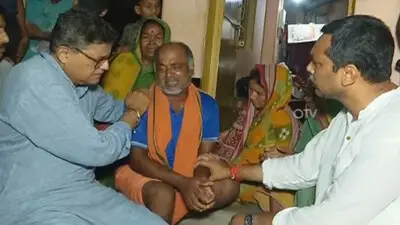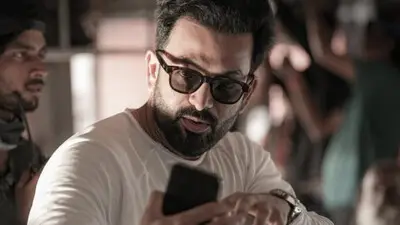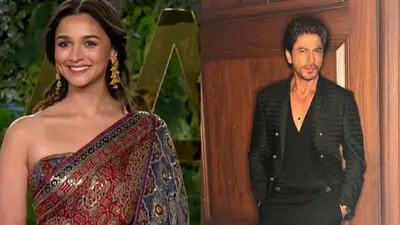Recommended Stories
Rio de Janeiro: It had to happen. A perfect combination of rapidly-changing mobile phone technology, high-fidelity sound and 4th generation communication ability is making television newsgathering a cakewalk.
Live TV has gone miniature. When the large betacam camera with a cameraperson, a sound recordist and a light person gave way to digital cams with one video journalist, it was difficult to envisage which way the technology would go. But few predicted that broadcast quality live TV could be done with an iPhone and 4G connection through Facebook or Facetime.
"I couldn't have managed all alone with, say, a PD170 digital camera; thanks to fast-moving mobile technology, it's easy, it's convenient and it's cheap to send TV pictures and sound back home," Gaurav Kalra of sports channel ESPN and its website told IANS .
"It's all broadcast quality pictures and sound and one can also do live programmes today," said Kalra, who has been regularly sending TV stories back home to Bangalore.
Indian journalists have made this transition quicker than most. Many broadcast journalists from several countries here in Rio still carry their large digital cameras and purists would look down upon mobile phone technology for TV.
"I have used iPhone shooting in a limited way, but I still prefer the large digital camera. I think it's more professional. You can call me traditionalist, but I think mobile phone technology for broadcast is not up to mark," says Sanja Ljubisaijevic from Radio Television Serbia who has a cameraperson going around with her setting up interviews.
A similar attitude was seen more than a decade ago among Betacam users, who said the new digital cameras were hardly professional.
"Quality is not an issue. We are doing studio programmes and talk shows with the mobile phone equipment," says Sandeep Chavan of Maharashtra1 channel. "If the quality is good and the sound is perfect, why should we not use the technology," he says.
Chavan, who left CNN-IBN's Marathi channel to set up a media company along with a partner, says that 4G transmission has become quite reliable. "We did a continuous three-and-a-half-hour live programme using Samsung's Note4 and the local high-data chip," he told IANS.
He says that some of their reporters in Mumbai have also used the technology, though one has to wait for a reliable, full-fledged 4G service in India before mobile phone broadcasting becomes widespread in the country. "Here in Rio the transmission quality is great, so we are making full use of it," he said.
To enhance the quality of sound, additional equipment is available off the shelf, which makes the phone capable of recording remotely. An extended wire from the equipment also allows reporters to give their "piece-to-camera" with a station ID, meeting many of the needs of a television station.
"This is our first attempt at doing TV stories through mobile phone technology. It's so easy that anyone can do it, without training," says M. Firos Khan, Chief of news bureau at Dubai for GulfMadhyamam, who was brought in to also do stories for the Kerala-based Madhyamam group's television arm, Media1.
The technology is only going to improve, allowing more versatility. Even the BBC has been broadcasting live some of its stories. When Narendra Modi went to the US, BBC did a live programme for its TV viewers using the iPhone.
"It's the technology of the future available today. With just a small pouch of equipment and a tripod, you can travel the world and do live TV. What else could a journalist want? All professionals are going to use it sooner or later, so why fight it," says Khan.













